Why Just ‘Waiting to See’ If a Concussion Will Go Away Is NOT the Answer
The rate of concussions, or mild traumatic brain injuries (mTBIs), is rising. Our knowledge of long-lasting concussion-related problems, including PCS (post-concussion syndrome) and CTE (chronic traumatic encephalopathy) is growing. Below we explore the current concussion approach, if concussions are truly getting better with this approach and how we are changing the status quo.
What is our current concussion protocol?
A.k.a. the “hurry up and wait” approach
While there are different concussion protocols depending on where you look, the most common approach for a concussion is the “hurry up and wait” protocol. This protocol is exactly how it sounds: the patient is told to go home and wait for the concussion symptoms to resolve. This leaves patients feeling hopeless. Why are we just waiting to see if the symptoms go away? We don’t do this with other injures, so why are we doing this with our brain injuries? It seems we don’t know what else to do.
Are Concussions Getting Better with This Approach?
It would be one thing if this approach was leading to concussion resolution, but the numbers are showing that this current protocol isn’t working. We aren’t seeing that concussions are getting better. A recent study looked at nearly 1,000 patients with a concussion who reported to the emergency department post-injury. Upon follow-up, they found 73% of patients had an incomplete recovery after 2 weeks. An incomplete recovery meant the patients still had physical or mental deficits that were affecting their day-to-day life (determined by the Extended Glasgow Outcome Scale). Some of these lasting concussion symptoms include headaches and dizziness, sensitivity to light and sound, sleep trouble, emotional regulation difficulties, and others.
Even more shocking, at 6 months, 56% of these patients still had an incomplete recovery. More than half of the concussion patients still had daily debilitating symptoms at 6 months after their injury. Another study showed more than half of concussion patients (53%) still had symptoms at 12 months after the initial emergency room visit.
What Do All of These Numbers Tell Us?
Concussions aren’t getting better. What we are doing isn’t working. We need another solution.
Our Solution: Hyperbaric Oxygen (HBO) Therapy
Following concussion protocols developed by Dr. Daphne Denham, we are treating both acute and chronic concussions and we are getting to the root of the injury: inflammation. We use 100% oxygen that is pressurized for the duration of a hyperbaric treatment. This allows the oxygen molecule to dissolve into the blood at high concentrations. By dissolving these small molecules, they flood all our tissues with oxygen, even getting to areas of inflammation that red blood cells cannot bring oxygen to as efficiently. Supplying these areas with high amounts of oxygen allows the body to bring necessary nutrient to the area, turn off inflammatory pathways, and in the long-term create new blood vessels. We have now treated over 1,000 concussions with our concussion protocols. Join us as we continue to change the standard of care for how concussions should be TREATed.

